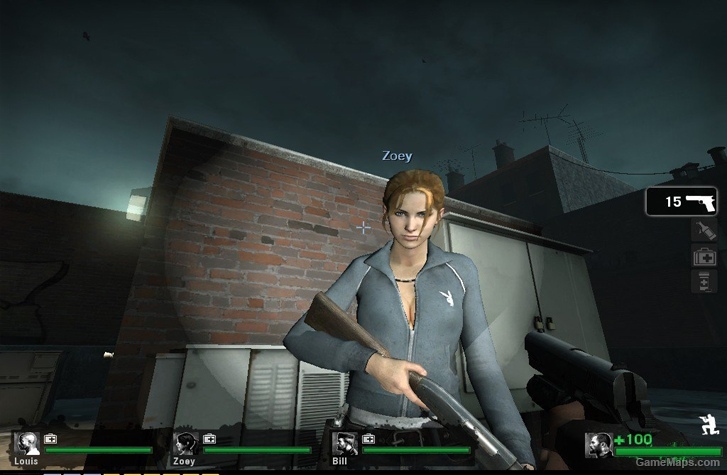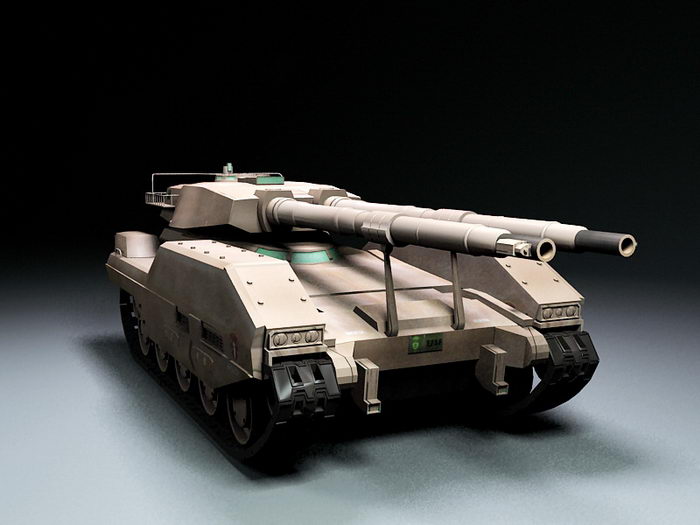
In our own timeline, Trinity was the birthplace of the nuclear bomb. These videos showed actors, sometimes recruited from among the game developers at Westwood Studios, explaining briefings to the player, filling in gaps about the fictional universe, and sometimes were combined with CGI imagery to position the actors more fully within the Red Alert’s world.Įinstein carries out this mission as the world’s first chrononaut from a room identified as being in “Trinity, New Mexico: 1946”.
#RED ALERT 2 GAME DESIGN SERIES#
This time travelling endeavour is portrayed in full-motion video (FMV), a long-term standard of the Command and Conquer series (of which Red Alert was the second release). Once the player reaches the main menu, however, it becomes apparent that the WW2 we knew has been unintentionally replaced by a new timeline, in which the Allies and the Soviets, not the Allies and the Axis, battled using a range of new, and imagined, technologies. Upon returning to the present, Einstein’s assistant questions him about the success of the mission and the implied impact: he replies that only “time will tell”.


Red Alert’s central conceit is that Albert Einstein created a time-machine, went back in time to “Landsberg, Germany, 1924”, and erased a young Adolf Hitler from history. How did the Red Alert games in the Command and Conquer series use these aesthetics to tell stories? How does its art and design narratologically locate the different editions in the series? How did it thematically navigate between overlapping realities and architectures? Red Alert Click To TweetĪctual history met alternate history, as objects we might recognize in the everyday stood alongside objects from worlds we have never visited.

Red Alert blended the real and the imagined. Warcraft II depicts a fantasy medieval world of humans, elves and orcs, Starcraft paints a futuristic world where humans share the galaxy with the aloof aesthete Protoss and the inhumanly ravenous Zerg, and Total Annihilation’s far-future galactic war is fought between the centralized Core and the decentralized Arm - but Red Alert was set in around the Second World War, with a little bit of a sci-fi twist. Red Alert 1, released in 1996, was one of the few Real-Time Strategy (RTS) releases of its era to shy away from a historical fantasy or far-future sci-fi setting.


 0 kommentar(er)
0 kommentar(er)
